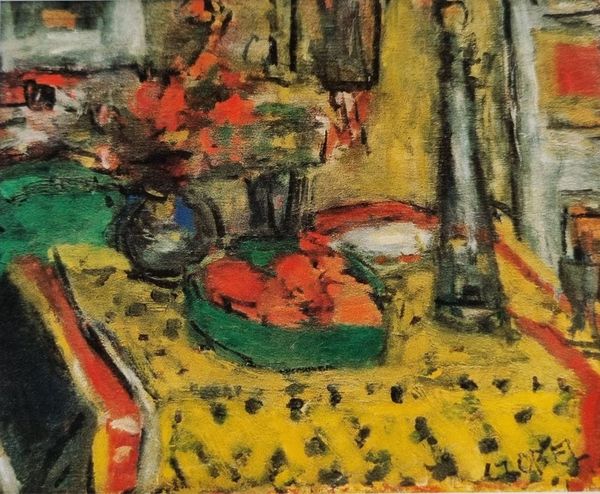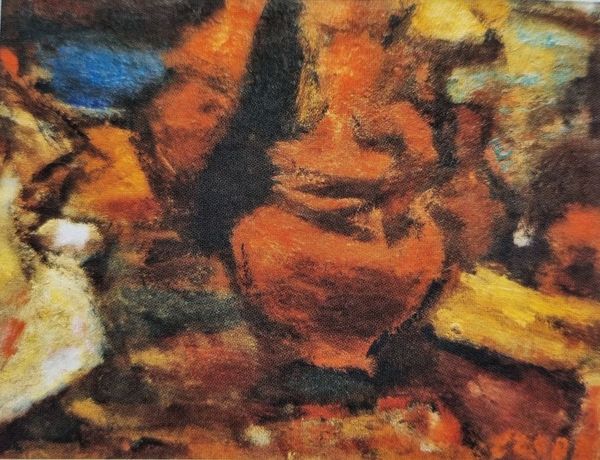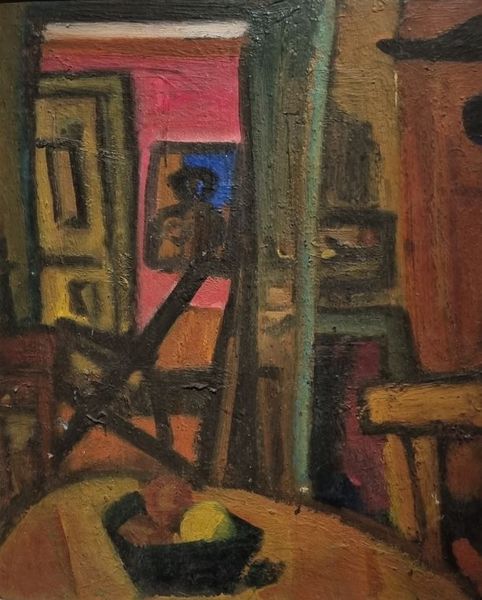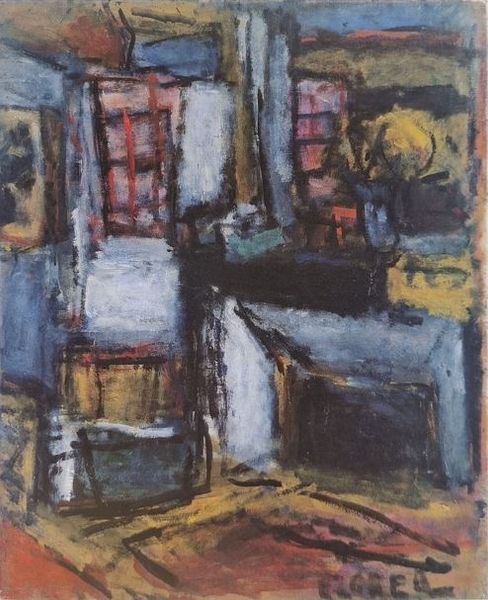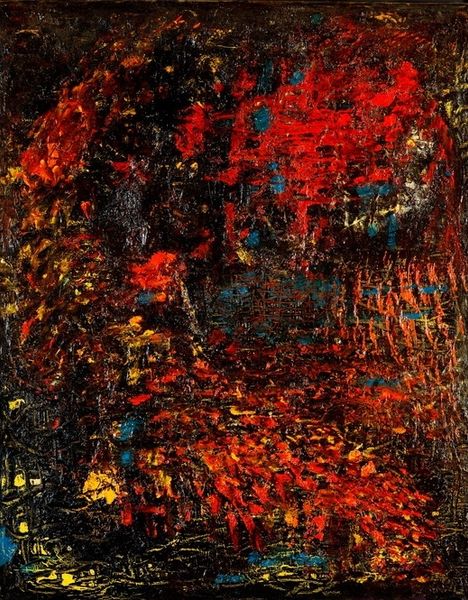
Copyright: Bela Czobel,Fair Use
Béla Czóbel painted ‘Virágos Váza’ – that’s ‘Flowered Vase’ – in 1964. He made it with oil on canvas. Czóbel was part of the Fauvist movement in Paris in the early 20th century, a movement known for its bold use of color. But he was Hungarian, and this painting was made long after that movement had passed. We might therefore think about how Czóbel was received back in Hungary, and what the institutions of art there were like in the middle of the twentieth century. To what extent was a painter who had been part of the avant-garde now considered a member of the establishment? Or was there a tension between the artist’s history and the contemporary art world? Was his work still seen as challenging or had it become conservative? These are questions that can be explored through the study of exhibition history, contemporary reviews, and the history of Hungarian art institutions. This kind of research demonstrates that the meaning of art is always dependent on its social and institutional context.
Comments
No comments
Be the first to comment and join the conversation on the ultimate creative platform.


